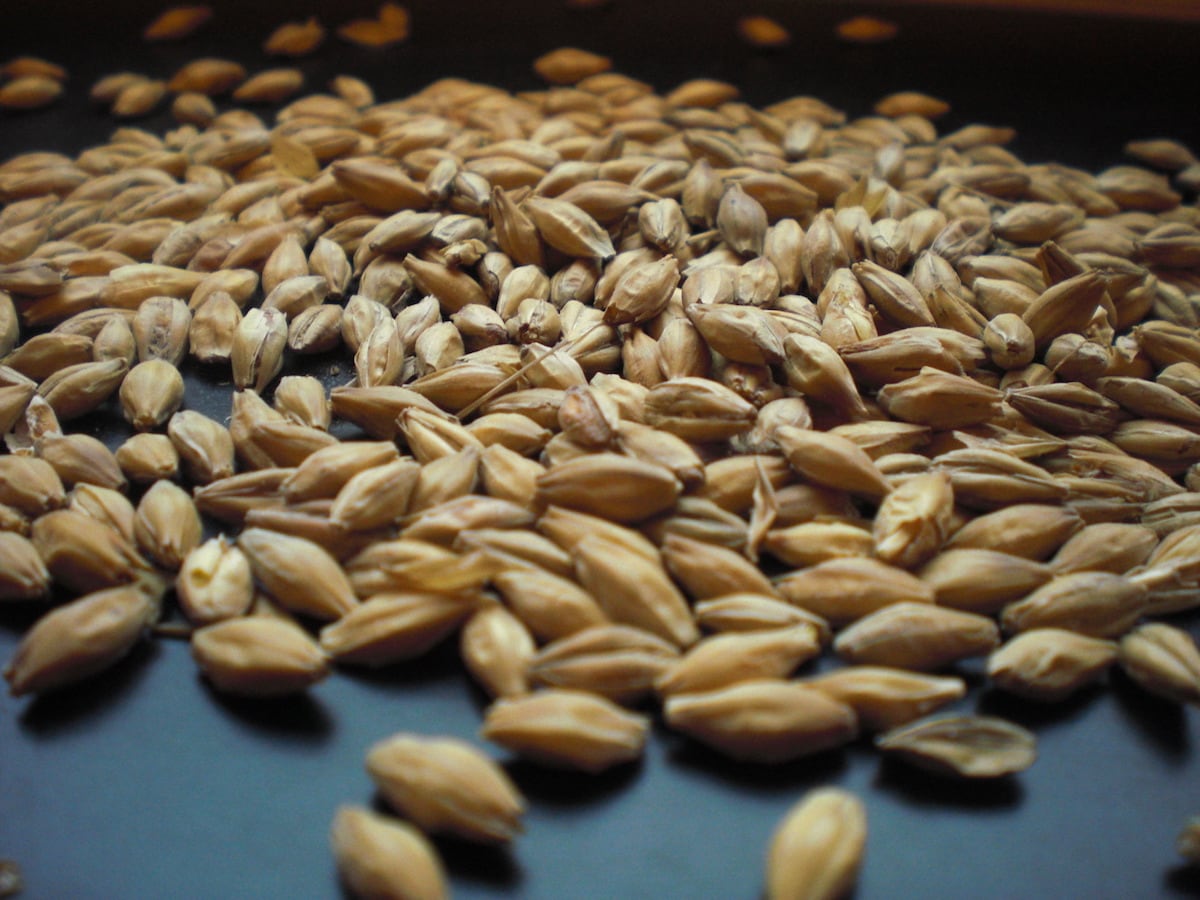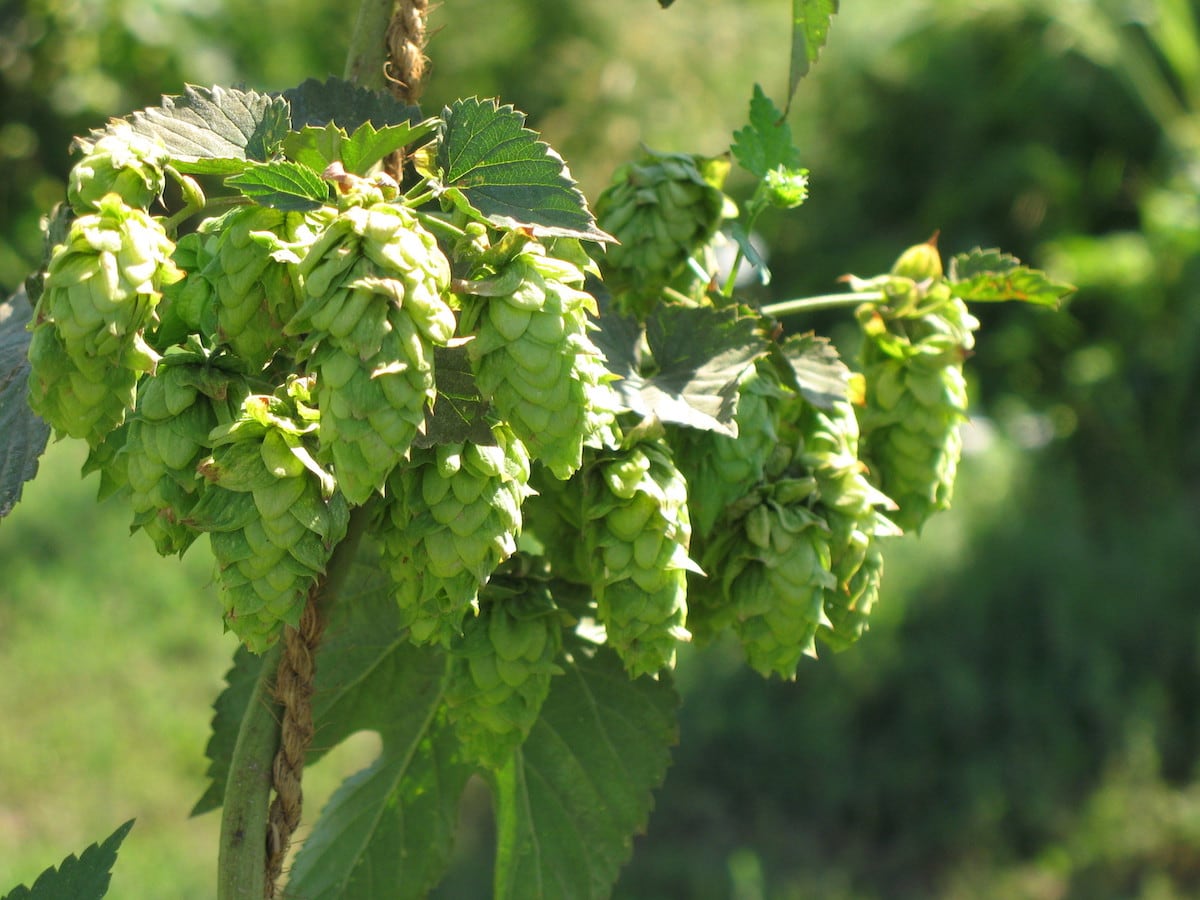Understanding the entire scope of craft beer is a task that may never be completed. As styles and ingredients from around the world begin to intermingle, new recipes and craft categories continue to broaden the beer spectrum.

In the third installment of our “Demystifying Craft Beer” series we take a deeper look at the differences between two of the world’s most trending styles, pale ales and India Pale Ales (IPAs).
Demystifying Craft Beer: Understanding ales, pale ales, and IPAs
With hopes of passing some of their beer wisdom onto you, eight Ho Chi Minh City-based breweries share expert advice about one of the world’s most omnipresent craft beer styles—the ale. After common characteristics have been identified, you can begin to decipher, and even taste, the differences between pale ales (light ales) and India Pale Ales (heavy, bitter ales).
What is an ale?
“Ale” is an umbrella term that applies to a wide range of craft beer concoctions. But before anything can be categorized as an ale variety, warm fermentation must be applied to the beer-making process. Both brewing your beer at higher temperatures, and using the associated yeast strains, are a must.
When these two processes are carried out you end up with sweeter, bigger-bodied beers with an exceptionally wide range of flavors and aromas.

When exploring different ale varieties pay attention to the color, taste, strength, and ingredients used. The only way to know what you like is to try absolutely everything. When it comes to craft beer, you are your own judge.
Demystifying craft beer: Four ales to try in Ho Chi Minh City.
- Platinum Beers: Golden Ale (4.6% ABV | 23 IBUs)
- Rooster Beers: Blonde Ale (5.5% ABV | 18 IBUs)
- BiaCraft Artisan Ales: Bottoms Up Crush Ale (4.4% ABV | 15 IBUs)
- Tê Tê Beer: White Ale (5.5% ABV | 19 IBUs)
What is a pale ale?
Now that you know a bit about ales, the definitions of a pale ale will be easier to comprehend. As the name suggests, pale ales are often lighter in color. The color of a beer is determined mostly by the kind of wheat or grain used in the brewing process.

Pale ales get their name from the fact that they are made from pale barley malts, hops, yeast, and water. Do note that pale ales are in no way limited to these four key ingredients.
Characteristics of pale ales
The profile of a pale ale takes many forms. Craft beer styles are often a direct result of what ingredients are available in a specific region. The pale malts traditionally used in England for example, are slightly different than what you might find in a traditional American brewery.

Just like the ingredients used, the taste profile of a pale ale can go in many directions. The best way to see the uniqueness of a pale ale is to compare it to other familiar styles like lagers. Generally speaking, pale ales have a more robust taste profile than commercial beers.
Compared to richer, dark styles like stouts and porters, pale ales are lighter and more drinkable. Due to their lightness, drinkability, mild alcohol content, and medium bodies, pale ales make for the perfect transition from mainstream lagers to craft beer.
Demystifying craft beer: Four pale ales to try in Ho Chi Minh City.
- Heart of Darkness Brewery: Dream Alone Pale Ale (5.7% ABV | 37 IBUs)
- BiaCraft Artisan Ales: Don’t F*uck With Me Pale Ale (5.4% ABV | 44 IBUs)
- East West Brewing Company: East West Pale Ale (6% ABV | 32 IBUs)
- Rooster Beers: Pale Ale (6.0% ABV | 40 IBUs)
What is an IPA?
IPA in an acronym for India Pale Ale. In order to fully understand what separates an India pale ale from a pale ale requires a basic understanding of the hop plant. Hops, or, Humulus lupulus, are a type of flower or herb that have been used in beer production as early as the 9th century.
Traditionally, hops were incorporated into beer recipes strictly for preservation and the plant’s antibacterial properties. Using hops as a bittering agent, or to dictate and balance style and taste is a relatively new trend that has transformed the beer industry on a global scale.

Today’s craft beer brewers are able to customize their recipes via the arrangement and combination of over 100 different hop strains to produce taste and aromatic profiles that are bitter, flowery, piney, sour, woody, and even reminiscent of tropical citrus fruit.
Characteristics of India pale ales
IPAs are often referred to as “hop-forward” beers. This simply means that hops are at the core of the brewing philosophy. Placing emphasis on the balance of hops and how they interact with all the other ingredients is what allows an IPA to take on its own identity.
India Pale Ales are also associated with higher-than-average amounts of bitterness and usually rank on the higher end of the IBU scale (International Bitterness Units). If you want to put your taste buds to the test, tasting a few India pale ales is the way to go.

Due to their potent hop profiles, many IPAs contain much higher alcohol content (ABV) as the bitterness can easily trump other imposing or undesirable flavors. In addition to carrying a dry bitter bite, many IPA recipes contain flavors that linger for much longer periods of time. If you like strong, in-your-face flavors that challenge everything you know about beer, India Pale Ales will prove to be a valuable learning experience.
Demystifying craft beer: Four IPAs to try in Ho Chi Minh City.
- LAC Brewing Co: Mango IPA (5.8% ABV | 39 IBUs)
- East West Brewing Company: Far East IPA (6.7% ABV | 54 IBUs)
- Heart of Darkness Brewery: Kurtz’s Insane IPA (7.1% ABV | 102 IBUs)
- Pasteur Street Brewing Company: Jasmine IPA (6.5% ABV | 50 IBUs)
Related Content:
[Article] Demystifying Craft Beer Styles: What Are Lagers And Ales?
